A: There are codes for ultrasound imaging. Checking with your billing expert is a good place to start. Click here to read more.
A: Ultrasound images require a liquid pathway. The Insight 100 creates this environment by having the patient lean in to an EyeSeal, a google-like device that is filled with saline.
A: Although anatomical knowledge and experience make Insight 100 scanning easier, operators tell us that the learning curve compared to a handheld UBM is much shorter, as well as being less challenging. Since the Insight 100 is robotically controlled and programmed for specific scan sets, the operator can focus on the patient and positioning to ensure that the image captures exactly what they are looking for.
A: The barrier is the EyeSeal, a disposable patient interface. The EyeSeal is filled with saline solution, and on the other side of the EyeSeal membrane the fluid pathway is completed by filling the instrument module with distilled water. See the instrument manual for the Insight 100 for directions on keeping the device clean. Each EyeSeal can be used for a single patient, since it is designed for use by either eye. EyeSeals should never be reused.
A: Since nothing other than saline touches the eye, it is not necessary. Patients have described the experience as an “eye bath” or “spa”. Numbing is not contraindicated, though, so if your patient is more comfortable with numbing that is your clinical decision to make. The fellow eye can be held shut by the patient’s hand or an eye patch to ease the patient.
A: Since eye anatomy varies, we recommend contacting our Clinical Applications Manager for specific recommendations. In addition, the device was tested for individuals 18 years and older.
A: Once installed, the Insight 100 should not be moved. It is precisely aligned and has sensitive equipment and processes that could be disturbed when moved. If it necessary to move a device, please contact [email protected] for assistance in your planning.
A: The scan itself takes very little time. Positioning the patient on the EyeSeal and filling the device adds more time. Operators state that it takes less time than a hand-held UBM, often as little as 5-10 minutes per eye.
A: Yes, but there is a limit on the position of the probe. The Insight 100 does have central and peripheral fixation targets, which can be rotated around the clock hour.
A: The Insight 100 does have DICOM capabilities. To explore your situation in more detail, please contact [email protected].
A: A live video image of the eye on the operator screen is available, which serves as a reference of the patient orientation, meridian or clock hour. Each image includes detailed data of the meridian or clock hour.
